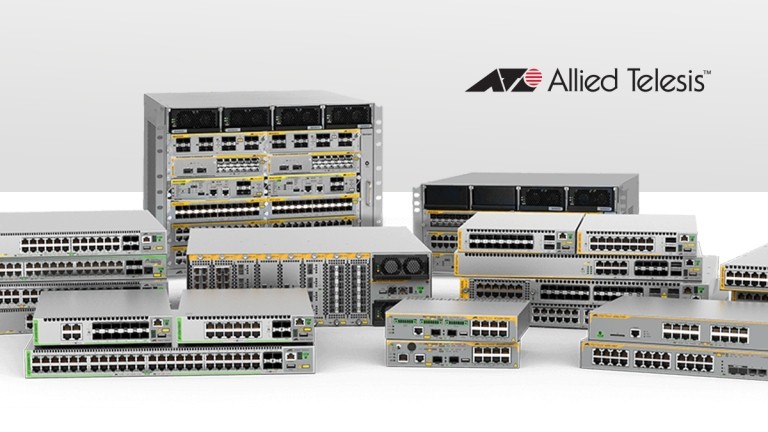
How do network switches work?
If you've ever been to a busy airport, you've probably seen the organized chaos that is airplane traffic control. Planes are constantly taking off, landing, and taxiing around the runways, all while trying to avoid collisions and keep on schedule. In many ways, network switches are like air traffic controllers for computer networks. They direct the flow of data traffic, ensuring that packets arrive at their intended destinations quickly and efficiently, while avoiding collisions and congestion.
How do switches work?
Switches connect devices on a local area network (LAN). Such devices are attached to the switch by cables that plug into a port on the switch. When a device sends data through the network, the switch receives the data packet and examines the packet's destination Media Access Control (MAC) address. Think of the MAC address as a unique label for each device on the network. The switch then determines which port the destination device is connected to and forwards the packet to that port. If the destination device is not on the same LAN, the switch forwards the packet to the appropriate router to send it to the intended destination.
But how does the switch know which port to forward the packet to? This is where the switch's internal memory and processing power come into play. Each switch maintains a database, called a MAC address table, that maps MAC addresses to specific switch ports. When a device on the network communicates with another device for the first time, the switch adds the MAC address and corresponding port number to its MAC address table. From that point on, the switch knows which port to forward packets to for that MAC address.
Managing congestion.
Now, imagine you’re an air traffic controller at that busy airport. You need to get each plane to its destination quickly, but you also need to avoid accidents and minimize congestion. To do this, you constantly check the airspace and adjust the flight patterns as conditions change. Network switches operate in a similar way. As data packets flow through the network, switches analyze the traffic and adjust their forwarding decisions based on network conditions.
For example, if a particular switch port is receiving a large amount of data traffic, the switch may temporarily block or limit traffic on that port to prevent congestion. Or, if a switch detects a loop in the network, where packets are continuously going in circles, the switch can use a protocol such as Spanning Tree Protocol (STP) to disable the loop and prevent a network-wide outage.
Prioritizing critical applications.
In addition to managing traffic flow, network switches can also provide advanced features like Quality of Service (QoS), which allows network administrators to prioritize certain types of traffic (like video or voice) over others. This can be especially important in environments like hospitals or emergency services, where network traffic needs to be managed to ensure critical information is delivered quickly and reliably. They can also be an essential part of the network’s security, blocking unauthorized devices from accessing the network.
In conclusion.
Network switches are critical components of modern computer networks. They direct data traffic from one device to another based on MAC addresses and use advanced features like QoS and STP to manage traffic flow and prevent network congestion. Without network switches, computer networks would be much less efficient and much more prone to errors and security breaches. So the next time you send an email or stream a video, remember the hardworking network switches that keep your data flowing smoothly and securely.
What does Allied Telesis offer?
We have a comprehensive portfolio of switches to fit any size network, from a small business to a large campus - or even a busy airport. We also provide network training for our customers and partners, including basic and in-depth switching and routing

